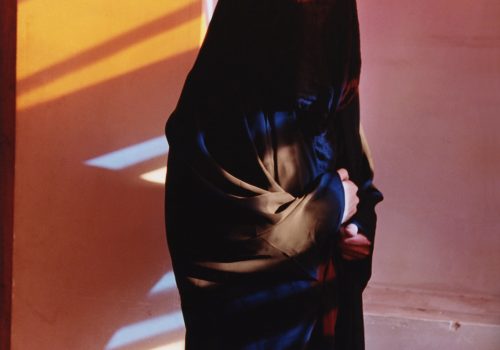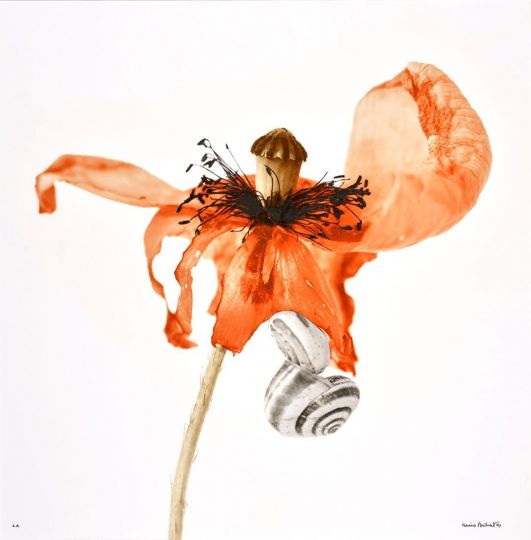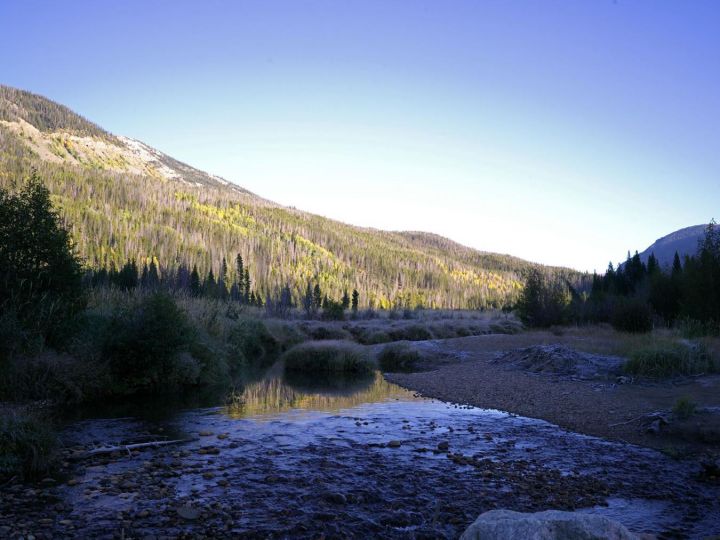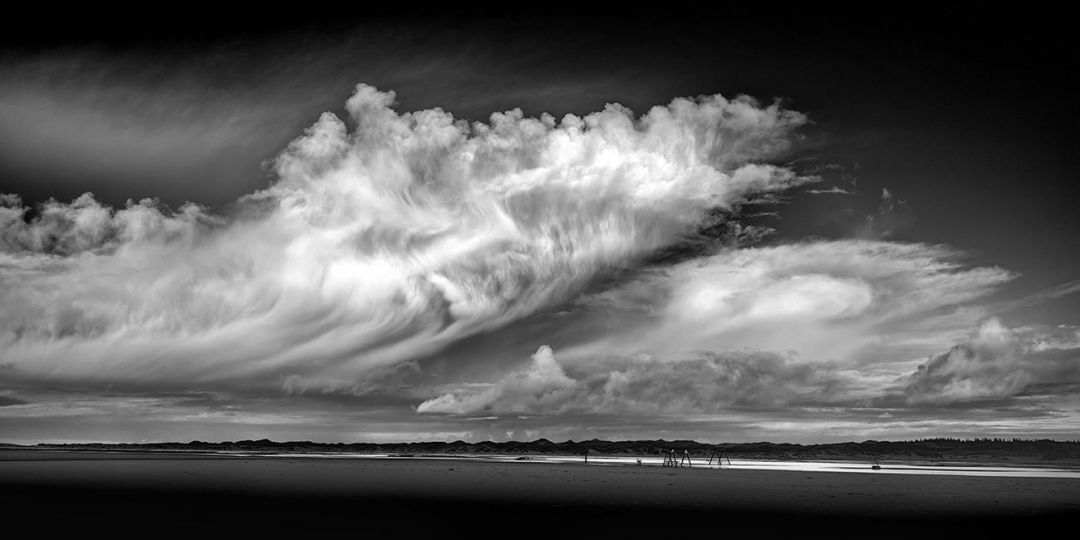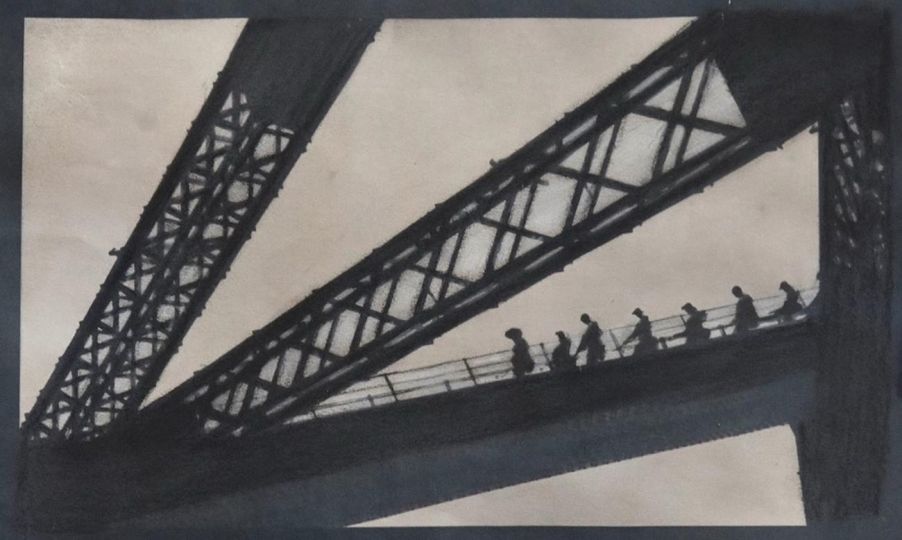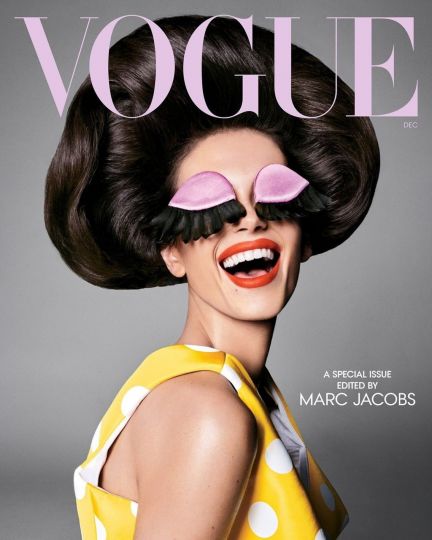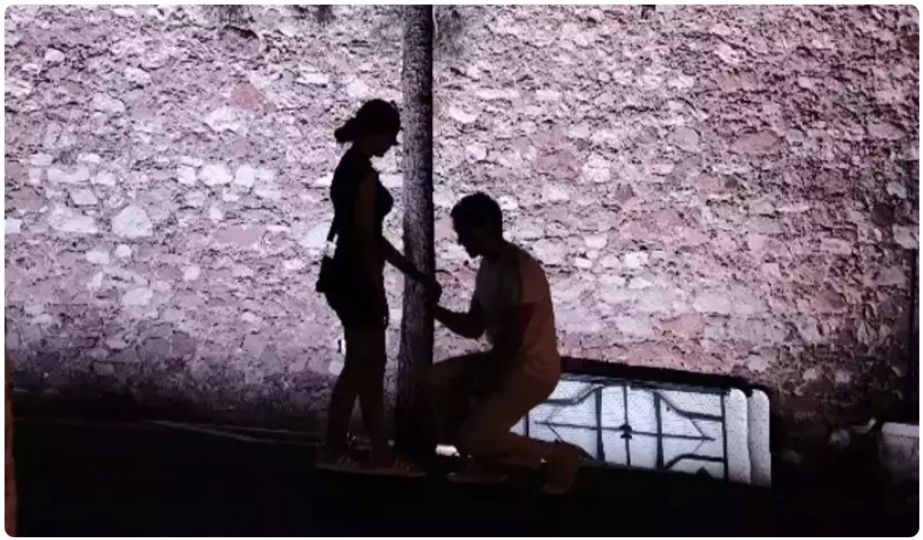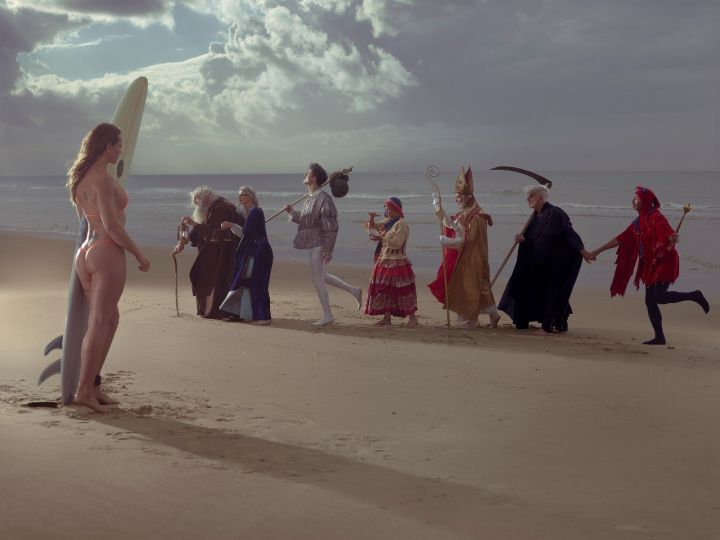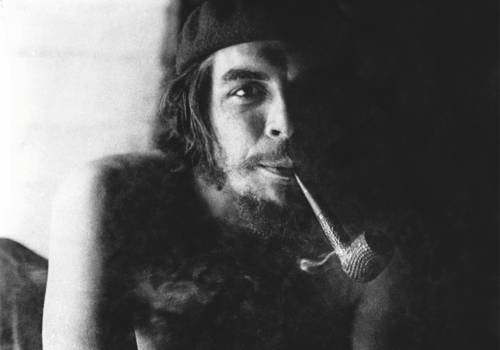Inspired by the House’s travel heritage, the Louis Vuitton Fashion Eye collection evokes cities, regions or countries through the eyes of fashion photographers, from emerging talents to industry legends. Each title in the series features an extensive selection of large-format photographs, together with biographical information and an interview with the photographer or a critical essay. After Louis Vuitton City Guides and Travel Books, this third collection presents travel photography with a fashion perspective, as the chosen photographers all infuse their images of great cities, faraway places or dream destinations with their unique vision.
Iranian poetry talks about women, gardens, colors and fabrics. Harley Weir’s pictures too. Throughout this vast country, she manages to thwart the usual clichés reserved for her treatment: first the youth of Tehran in search of emancipation, then the archaism of other territories, suspicious of modernity. Worse still, this country is sometimes painted only for its inequalities, the few privileges of the Iranian culture scattered here and there, in order to fill the unalterable orientalist expectations. Humility is sometimes enough in the face of complexity.
The work of Harley Weir manages to ask the question of the unit in default of the binary. During her trip from Tehran to Shiraz, she composes a painting with several canvases and represents the sometimes forgotten visions: wealth of territories and reliefs; tribal, nomadic or urban structures; generations in heritage rather than break up. In a very gentle way, she also manages to reveal the delicate symbolic of pomegranates, flowers, pigments and fabrics. It must be said that Iran is a land of ornaments, the tribute of the photographer to these delicacies reflected in her attention to detail. The place given to the second glance redoubles intensity in the desire to reveal the invisible. Her polysemous treatment of the veil since the movement of fabrics fascinates in its political correctness and in its technique borrowed from fashion photography. Rather than searching for what has been discovered, the invitation to see behind or beside reveals in this book the intimate story of a trip in addition to an artistic work. Introspection is visual and personal.
In this journey between the visible and the dissimulated are distilled precious visions of contemporary Iran. The subjects of religion, power, the place of women and their relationship to men are never dealt with face-to-face. Each time it is seen sideways or worked on in profile. This attitude towards the Iranian society can be read from the reception often reserved for its visitors: first the modesty and the pride, then the confidences and the curiosity when is celebrated an invitation to drink tea or to have dinner. This beauty of the second encounter, and of the second glance feels like so many ties knotted on the spot. The treatment of the interior, approached with more distance, allows at least to represent places of life as the house or the mosque under the same way of all that is woven in this book: things that are not directly shown.
The success of this exercise is also in the management of colors, shadows and vanishing points. The passionate photographer of fashion sometimes seems to pay homage to Christo for his drapery but especially to Nicolas de Staël for his massive and intense colors, these improbable and dense geometries. The lines respond to very little symmetry to give all these reds, all these greens, all these pinks, all these blues the full expression of their density. This staging of colors gives Iran its daily grace, allowing to follow this approach of “give to see” between whimsical colors and well hidden details.
It is not very complex to make beautiful pictures in Iran. Beautiful mosques, large gardens and sincere and improbable situations await the amazed traveler. Harley Weir’s sensitivity also lies in her ability to appropriate places that each visitor can portray beautifully, because beauty is there. Under her eye, the tower of Silence becomes simply a symmetrical hole, the mosque of Yazd a kitsch monument or a fault in Perspolis a sexual evocation. The appropriation of the space is total, the play with the light and what is given to her almost mischievous, knowing that a photographer in Iran often works under surveillance.
One thing brings together the traveler and the native in Iran, the question “how do you live at home? “. Posed visually, it takes another turn in the treatment of people. Sometimes during slices of life, with simple intimacy, the representation of the movement comes into play. Here people pray, walk, laugh or smoke. They only half pose because they are already busy with something else, with their activities or just living. To the contribution of the visible and the invisible is also the reflection on motionlessness and movement. It’s a belly in the air, a hand or a foot that marks this tension. The photographer seems to succumb to admiration, and without affirming a feminist approach, women hold a good place, umpteenth testimony of this journey and its introspection.
In this work that install the springs of Iranian unity differently, in a paradoxical way on the measure of the internal boundaries between what is visible or not, there remains however an object of a frustration. With a North-South route (Tehran-Shiraz), Iran’s relationship to its border people is too little worked on. The East-West diagonal, however, remains disconcerting with things hidden and obvious, cultural blends and precious details. An opportunity to produce a beautiful work again? The quality of the Louis Vuitton edition with its light pink flowers on the cover, its delicately printed glossy shots, its perfect succession of images as an invitation to journey, calls for a follow up. After reading this book, Harley Weir can still reassure about her intentions, she has not yet finished to look at this region.
Rémi Baille
Publication director of the magazine L'Allume-Feu.
https://us.louisvuitton.com/eng-us/products/fashion-eye-iran-nvprod1270428v

